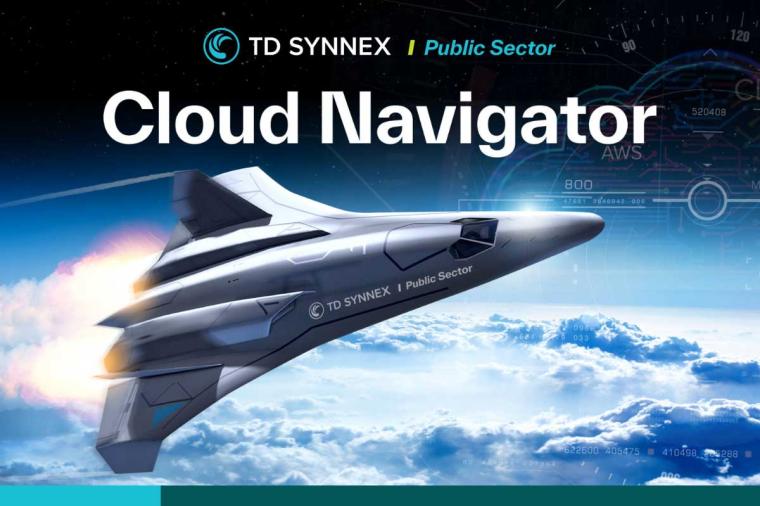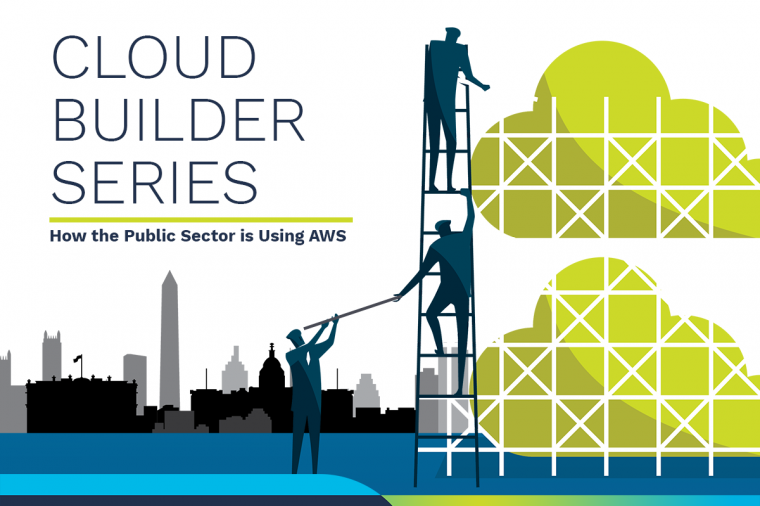The “OK, Well, Now What?” of Cloud Infrastructure
High atop the soap box here on Beard Mountain, I've been thinking (and quietly pontificating) about technology adoption, particularly the "state of cloud". People are listening to me because infrastructure is sexy now. We are at the stage of adoption where technology is adopted for the sake of the technology. How many times do you find yourself starting with a new gadget, and once it's in hand, the first thought crossing your mind is "OK, well, now what?"
Not to discount the many, many successful cloud-based apps and businesses, but many more people flock to the cloud simply because they feel they should (or perhaps they feel a deadline whooshing past). And just as many of those people spin up shiny new cloud servers and think "OK, well, now what?" Once they've gotten their hands on the keys to the account, they realize they haven't done enough back-end work (finding target workloads, understanding how the platform changes the approach).
I'm not here to pick on cloud; this is just where we are in the process. This is the popularized Gartner Hype Cycle (in case you live under a rock or in a GEICO commercial), not an advertisement for Gartner, just a nod to the model they built to describe technology adoption. You can look back to the late 90s and say the very same things about virtualization.
When I got my first shiny new copy of VMWare Virtual Platform at LinuxWorld '99, I got it home to my Red Hat desktop and fired up a copy of Win95 and ... stared. I already had a Win95 desktop, with all my data and my applications and I didn't have access to them. Being able to switch back and forth was nice, but wasn't really something I needed. I dual booted because I had two very different uses for the two systems. Fast forward a year or so and changes to the way I used my systems (and a new bigger, faster box), I found a case to put Windows under Linux and never dual boot again. Of course, I used Win4Lin not VMware, but the use case came well after the "OK, well, now what?" stage.
Hype Mongering Trolls
What's really interesting about cloud is that we are looking at a change to the state-of-the-art in IT. This isn't a paradigm shift, we are still talking virtual resources counted and characterized in similar manners to the current IT paradigm. Copernicus' heliocentric model is a paradigm shift.
This isn't a disruption. We don't have chaos and disorder nor have we impeded or interrupted progress. And really, why would you want to disrupt a market? It's hyperbole, not fact and I'm going to reject that.
Cloud is a new way of addressing infrastructure that both requires modified techniques and provides new capabilities. That, my good reader, is an improvement to the highest level in the current development of IT; - a change to the state-of-the-art.
Ok, pedantry from the soapbox aside, what's the point of looking at changes to the state-of-the-art? I'm going back to an historical example I've talked about previously: the B-24 Liberator.
Remaking the B-24
At the start of the war, the Consolidated Aircraft B-24 Liberator (B-24A) represented the state-of-the-art in aircraft manufacturing. When Charles Sorenson from Ford showed up in San Diego to see if Ford could build wings for use by Consolidated, he found that Consolidated's manufacturing methods were a far cry from Ford's mass production standards. However, Consolidated was advanced in terms of aircraft manufacturers. Parts were standard, to the degree that soft molds allowed for standard dimensions. Planes were built on sub-assemblies, even if there was no comprehensive blueprint for the whole aircraft. The state-of-the-art of aircraft building was shop-engineered and file-to-fit parts using skilled labor that allowed for fewer (and less accurate or complete) drawings. All this came together to allow Consolidated to put out an aircraft a day.
Sorenson and the Ford crew took what Consolidated had and applied mass manufacturing principals that worked for auto manufacturing (and other projects that industry had tackled for the war effort) to the aircraft industry. Changes to how parts were made (steel punched dies instead of softer kirksite), introduction of jigs and fixtures to increase accuracy in assembly processes, in addition to brand new machining equipment built in conjunction with Ingersoll allowed the purpose built Willow Run plant to increase production to an aircraft an hour, all while using less skilled labor.
Was the introduction of mass production techniques from auto manufacturers to aircraft manufacturers a disruptive paradigm shift? I say no, it was an advance in the state-of-the-art of aircraft manufacturing. Cloud today provides the opportunity for similar advancement in the state-of-the-art, through similar standardization. However, to capitalize on the advancement, you have to fully adopt the process and tooling.
Current IT methods are the Consolidated Aircraft method (scaled craftwork of interchangeable parts, requiring bump fits and custom filing for parts). "Cloud native" methods like Netflix's Simian Army are the Ford team (wholesale adoption of standardized, fungible components and the tooling and assembly methods required to make the appropriate decisions for the platform). HA clusters in the cloud are a signpost that you are not taking advantage of the change to the state-of-the-art.
OK, Well, So Now What?
Now, it's time to sit down and really think about how these cloud ideas and standard components (or lack thereof) affect how you stack the Legos under your workload. But with the understanding that your target is still delivering your workload to your customer, if that's warheads on foreheads, online classes to students, or a mobile app to fix potholes to your constituents. When the infrastructure stops being sexy, we can get back to the real work of IT and stop talking about if we are Consolidated Aircraft or Ford.
Unless you actually are Ingersoll or another tool and die machine shop, then you and I can talk about infrastructure all you want. Maybe at Red Hat Summit with the rest of the internet plumbers? What can I say, I'm a technology guy so infrastructure is always sexy.
















































